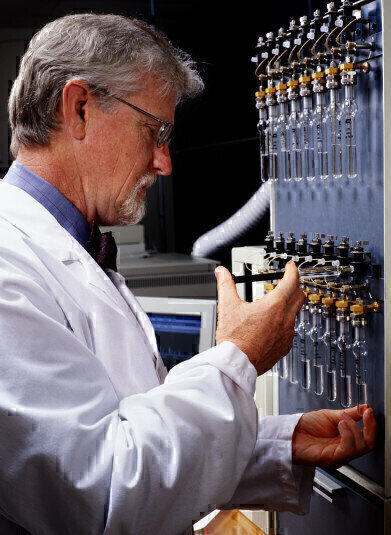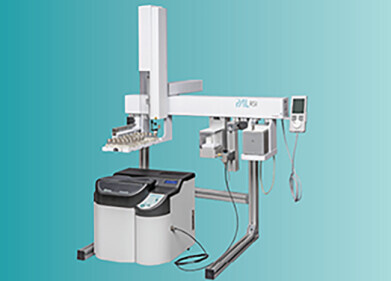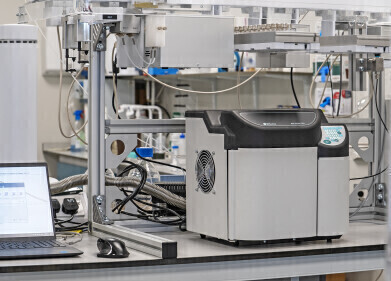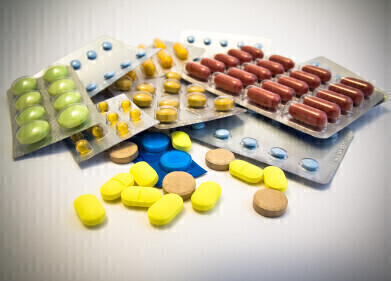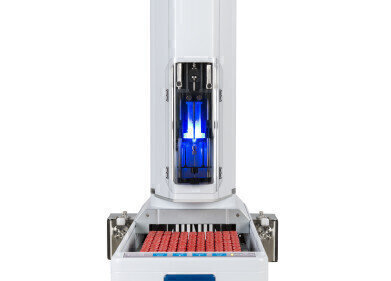Autosamplers
What are the Different Types of Chromatography Techniques?
May 28 2014
Gas chromatography is the process of separating the various components and compounds in a substance for identification and individual analysis. The two main types of chromatography are gas-liquid chromatography (GLC) and gas-solid chromatography (GSC). Both methods rely on the basically the same principles, whereby the sample is turned into a gas, mixed with an inert carrier gas and introduced into a column where a specific solvent awaits it. Based on the varying reactions with this solvent, scientists are able to differentiate between the various molecules.
Although both techniques share a similar underlying premise, the latter is not widely applicable and has several drawbacks, including excessive peak tailing and a retentive build-up of compounds within the column used to separate the molecules. As such, GLC is far more commonly-used and is often simply referred to as GC without the necessity of specifying it is liquid chromatography. Even within this discipline, however, there are many varying techniques and approaches.
Carrier Gas
The carrier gas has an important function to carry out in the process of chromatography, and it is required to be dry, oxygen-free and chemically inert. There are several different gases available for the purpose, and the one chosen will depend on the detector being used and the results desired.
Helium and hydrogen are popular choices due to their low molecular weight and high flow rate. This allows for faster processing times and lower elution temperatures. Both gases are especially desirable when using thermal conductivity detection (TCD) since they yield higher sensitivity. Helium is generally preferred over hydrogen because it is deemed safer and whilst being just as efficient, offers a wider range of flow rates.
In techniques which utilise mass spectroscopy detection, nitrogen or argon are generally preferred because they offer higher molecular weight, which in turn offers better vacuum pump efficiency.
Detectors
There are a wide range of detectors available to measure the output sample, including mass spectrometer (MS), flame ionization (FID), thermal conductivity (TCD), atomic emission (AED), photoionization (PID), electron-capture (ECD) and chemiluminescence (CS).
Which detector is picked will depend on the sample being used, since not all detectors will work with all types of samples, whether the sample is required afterwards, the level of expertise of the operator and the type of results desired (bulk property results or specific property results).
FID is the most widespread and commonly-used type of detection, since it is easy to use and dependable and unaffected by flow rate or water.
TCD is one of the earliest and simplest methods of detection in gas chromatography. These days, it has become a little outdated in comparison to other methods, due to its low sensitivity and flow rate.
MS is the most powerful of gas chromatography detection techniques, since it involves the fragmentation, identification and organisation of sample components in order of their mass-to-charge ratio. The practice is becoming increasingly widespread and important in scientific circles; to see why and to what use it is being put, please read this article.
Events
May 11 2025 Vienna, Austria
May 18 2025 Tempe. AZ, USA
May 21 2025 Birmingham, UK
Jun 01 2025 Baltimore, MD, USA
Jun 15 2025 Bruges, Belgium
